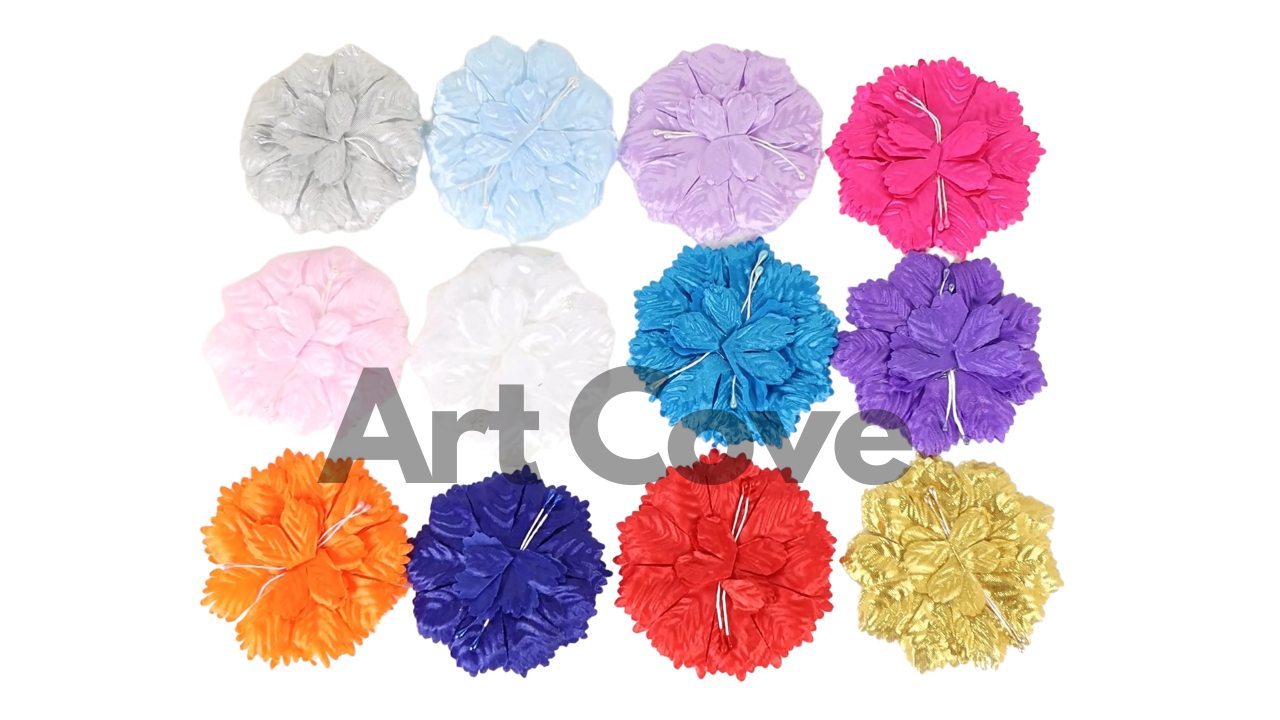The Do’s and Don’ts of Using Clay for Pottery
09/06/2021
by
The age-old craft of pottery, dating back to 3500 BCE, has gained popularity once again. Products of pottery and clay-making are now found in every nook and cranny of the world.
Utensils, vases, lamps, etc., are things we use in our everyday lives and are products of mastery of clay making. As advanced as clay making is, pottery classes and pottery instructors have made it easier for people to learn and perfect this skill.
However, certain things require close attention when it comes to using clay for pottery. Here’s a guide that’ll help you perfect the art of clay making.
Use a Flat Wooden or Plastic Surface
While looking at the final pieces might not indicate it, clay is dust. Dust is tough to clean out of things that have holes, such as fabrics and canvases. Therefore, always try to work with clay on a wooden or plastic surface that you can clean easily.
Another reason why this is important is that clay dust isn’t like ordinary dust. It contains crystalline silica, which is a mineral found in rocks, soil, sand, etc. If not cleaned properly, over time, the tiny particles can become airborne. Prolonged exposure can result in a disease called silicosis- which reduces the ability of the lungs to take in oxygen.
Wedge Your Clay Properly
By wedging clay, you’re preparing it for ideal use. You can wedge clay by kneading it. Through wedging, the clay becomes more uniform in terms of consistency, smoother, and most importantly, it removes air pockets which can cause disasters for your clay later on.
The smoother the clay becomes, the more polished the final product looks. Not many people enjoy this process since it require force and is time-consuming. However, it’s the most critical step for making pottery.
Use The Perfect Amount of Water
Another primary concern when it comes to clay-making is using too little or too much water. Even experts sometimes tend to make this mistake. If you use too little water, your clay will be dry and hard. As a result, it’ll be extremely hard to mold it according to your desired shape.
On the other hand, too much water will make your clay runny, and it’ll be hard for the clay to maintain its shape. You’ll know you have the optimal amount of water when it’s easy to use and soft enough to mold the way you want. You can perfect it over time with practice.
Want to start practicing your clay-making skills today? Order high-quality clay from Art Cove. We’re an online craft store that offers various art and craft supplies to its customers. We specialize in jewelry-making supplies, knitting supplies, crochet supplies, and much more.
Comments
Hi, I'm Natalie from Social Buzzzy checking in. I've found a game-changer for Instagram success and had to share it with you!
Social Growth Engine introduces an extraordinary tool that elevates Instagram engagement. It's straightforward:
- Focus on making fantastic content.
- Affordable at under $36/month.
- Safe, efficient, and Instagram-friendly.
Witnessing fantastic results, and I believe you will too! Upgrade your Instagram game today: http://get.socialbuzzzy.com/instagram_booster
Here's to your success,
Natalie from Social Buzzzy
Social Growth Engine introduces an extraordinary tool that elevates Instagram engagement. It's straightforward:
- Focus on making fantastic content.
- Affordable at under $36/month.
- Safe, efficient, and Instagram-friendly.
Witnessing fantastic results, and I believe you will too! Upgrade your Instagram game today: http://get.socialbuzzzy.com/instagram_booster
Here's to your success,
Natalie from Social Buzzzy








